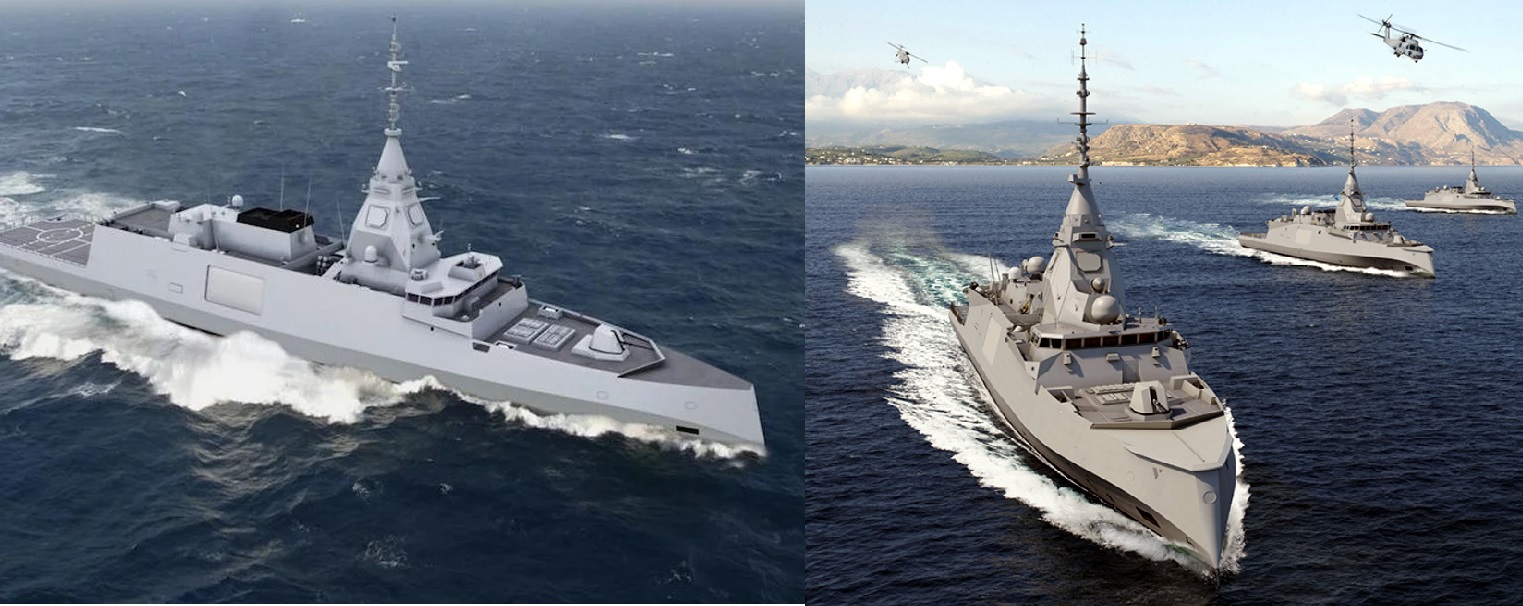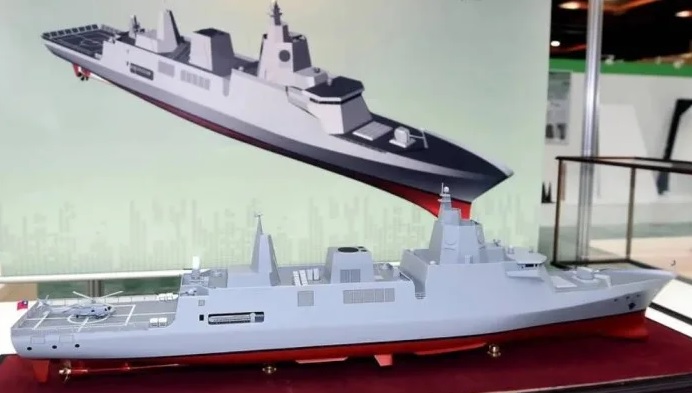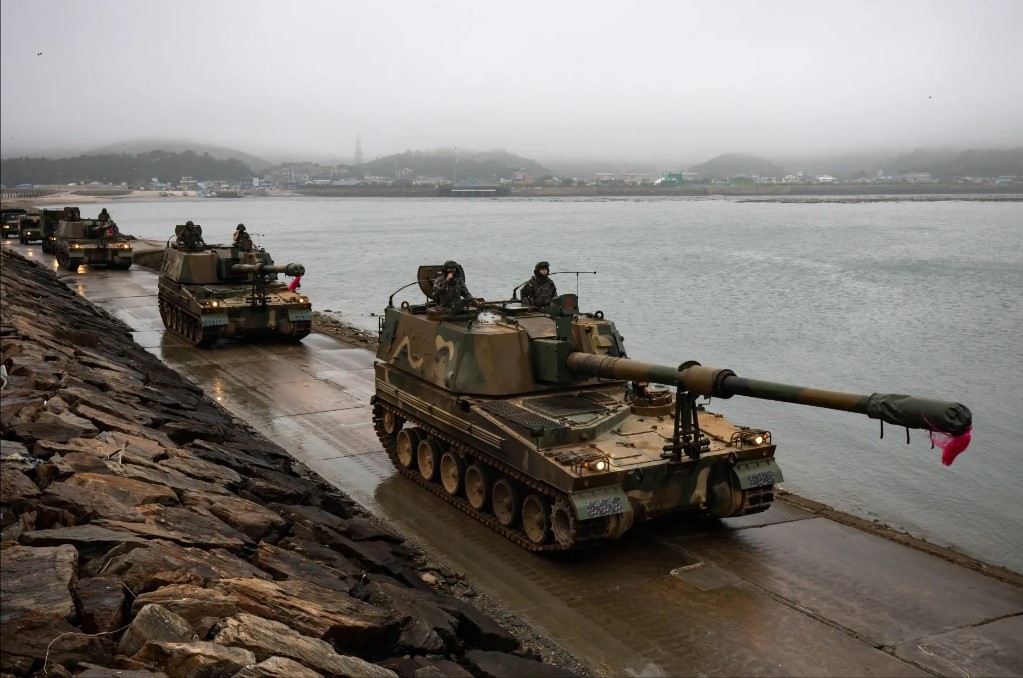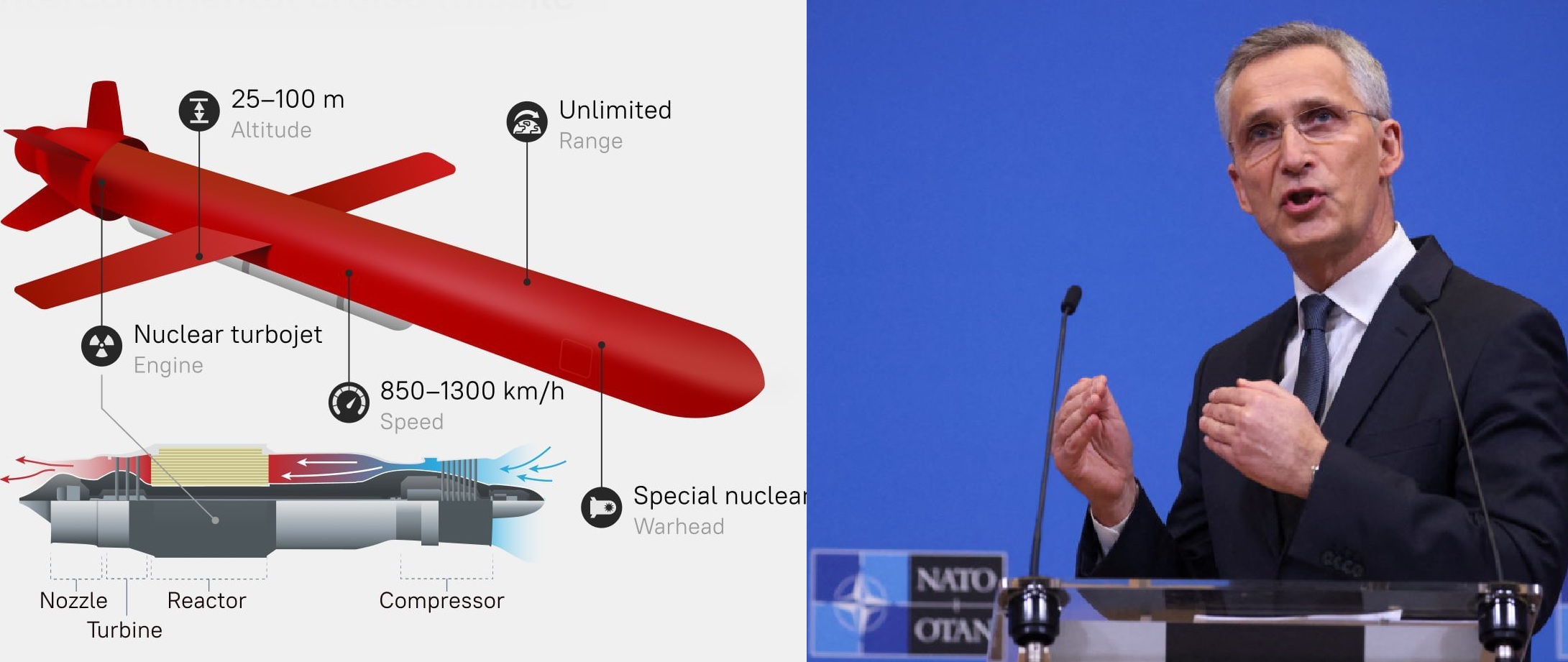Greece Signs Fourth FDI Frigate Deal with France's Naval Group

Greece has officially signed a contract for a fourth FDI HN frigate, completing a program that will shape the Hellenic Navy’s main fighting fleet for the next 30 years. The deal, announced by Naval Group on November 17, turns a long-standing option into a confirmed order. It also comes at a key moment, as the first ship in the series — HS Kimon — is nearly ready for delivery after finishing advanced sea trials.
This decision is an important step in Greece’s wider military upgrade and shows Athens’ determination to keep a strong, modern naval presence in the Aegean and eastern Mediterranean, especially as regional tensions continue to rise.
Turning an Option Into Strategy
The FDI program began under the 2021 Franco-Greek Strategic Partnership, when Athens selected three frigates with an option for a fourth, collectively valued at around €3 billion. Contracts signed in 2022 set delivery timelines for two ships in 2025 and a third in 2026. By exercising the final option now, Greece ensures consistent capability across the entire Kimon-class fleet and secures long-term support arrangements with France.
Officials say the fourth frigate maintains fleet cohesion and guarantees operational availability at a time when maritime activity in the region is rising sharply.
A Compact Frigate With Heavyweight Capabilities
Despite a displacement of about 4,500 tons, the FDI HN brings a high-end combat suite typically associated with larger destroyers.
The ship features:
-
32 Aster 30 long-range air-defense missiles in Sylver A50 VLS
-
Thales Sea Fire AESA radar with 360-degree surveillance and ballistic-threat tracking
-
21-cell RAM launcher for point defense
-
8 Exocet MM40 Block 3C anti-ship missiles
-
MU90 lightweight torpedoes and CANTO anti-torpedo decoys
-
Fully digital SETIS 3.0 combat system
Powered by a 32 MW CODAD plant, the ship reaches 27 knots, has a 5,000-nautical-mile endurance, and operates with a reduced core crew of about 125 sailors thanks to its high level of automation.
Below the waterline, the combination of the Kingklip Mk2 hull sonar and CAPTAS-4 Compact towed array gives the frigate an advanced anti-submarine profile rarely seen in vessels of this size.
Strategic Value in a Crowded Maritime Arena
With the fourth FDI added, the Hellenic Navy will be able to keep two ships continuously deployed — one in the Aegean and another in the eastern Mediterranean or operating with NATO maritime groups. Each frigate offers its own air-defense “bubble,” long-range strike capability, and deep ASW reach, enabling Greece to form flexible surface action groups for escort, deterrence, and crisis-response missions.
The timing is significant. Greece faces a more assertive Turkish naval posture, with Ankara investing in TF-2000 destroyers, I-class frigates, Reis-class submarines, and a growing arsenal of indigenous anti-ship and cruise missiles. These trends continue to influence long-running sovereignty disputes and frequent maritime and airspace confrontations.
Athens has responded with a €25-billion, 12-year modernization plan, combining naval upgrades with new air and missile defenses under the Achilles Shield architecture. FDIs are designed to operate as networked nodes alongside Rafale fighters, upgraded F-16Vs, and future F-35A aircraft, sharing targeting data and coordinating intercepts or strike operations.
Industrial Cooperation Expands Inside Greece
Beyond operational capability, the program is reshaping Greece’s defense industrial base. Naval Group’s Hellenic Industrial Participation initiative now includes over 120 contracts with more than 70 Greek companies. Local partners are contributing to UAV integration, counter-UAS systems, HVAC and propulsion support, underwater inspection, and other subsystems essential for long-term sustainment.
Key partnerships include:
-
ALTUS LSA – UAV integration
-
HAI – Centaur counter-UAS systems
-
FARAD, MELITA, Petros Petropoulos – mechanical and propulsion components
-
DIVING STATUS – underwater hull inspection
These industrial ties are expected to deepen as the fourth hull enters production.
A Fleet Built for the Late 2020s and Beyond
The addition of the fourth FDI is part of a broader effort to shape a balanced, layered naval force. Greece is simultaneously upgrading its Hydra-class MEKO 200 frigates and evaluating the acquisition of second-hand Italian FREMMs, creating overlapping tiers of capability from high-end air defense to maritime security operations.
By the late 2020s, the Hellenic Navy aims to field a networked fleet built around the FDI HN — a ship designed to see farther, react faster, and survive better than those it replaces.
The new contract does more than simply increase fleet numbers. It locks in qualitative maritime superiority for Greece at a time when geopolitical competition in the eastern Mediterranean is accelerating, ensuring the country can project stability and deterrence across one of the world’s most closely watched waterways.
✍️ This article is written by the team of The Defense News.





